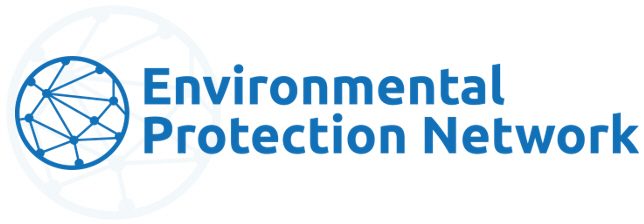FOR IMMEDIATE RELEASE
July 8, 2025
CONTACT:
Aaron Bharucha, Public Relations Associate
(509) 429-1699 and epn-press@environmentalprotectionnetwork.org
Chemical Lobby’s Delay Tactics Rejected, but EPA Must Remain Vigilant to Protect Public Health from Asbestos Hazards
WASHINGTON, D.C. — In a significant and overdue course correction, the U.S. Environmental Protection Agency (EPA) has withdrawn its plan to rewrite or delay the Biden-era ban on chrysotile asbestos, the last form of asbestos still legally in use in the United States. This shift comes after widespread public criticism and mounting pressure from health advocates, scientists and environmental justice leaders demanding that the agency prioritize lives over lobbyists.
Just weeks ago, EPA signaled its intent to stall this life-saving regulation, in what appeared to be a direct concession to chemical industry interests. At the center of that maneuver was a court filing by Lynn Ann Dekleva, Deputy Assistant Administrator for EPA’s Office of Chemical Safety and Pollution Prevention, and a former policy director at the American Chemistry Council, the trade group whose members stand to profit from regulatory rollbacks.
That move would have suspended the asbestos ban for years, prolonging exposure to a known carcinogen responsible for an estimated 40,000 deaths annually in the United States. The reversal represents a hard-won reprieve, but the original filing and its motivations reveal a disturbing pattern of regulatory capture and political interference.
“While the withdrawal of this delay is a step in the right direction, it was never voluntary. The agency moved only after facing fierce public pressure and legal accountability,” said Michelle Roos, Executive Director of the Environmental Protection Network. “Let’s be clear: the original decision to delay this ban was a gift to chemical lobbyists, not a science-based policy choice. One down, 30 to go. This is just the beginning of the public backlash against the Trump administration’s plans to roll back 31 standards that protect the air we breathe and the water we drink.”
In formal comments submitted to EPA in June 2024, the Environmental Protection Network endorsed the agency’s determination that asbestos, including legacy uses and disposal, poses an unreasonable risk to human health. EPN emphasized that many workers remain dangerously unprotected due to outdated or unenforced OSHA standards, and highlighted the urgent need for strong federal action to prevent persistent, preventable exposures. The resulting 2024 rule, issued under the amended Toxic Substances Control Act, was the most robust federal measure in decades to phase out chrysotile asbestos in commercial and industrial applications. It affirmed what science has long made clear: there is no safe level of asbestos exposure. The now-withdrawn proposal would have undermined key provisions of that rule, particularly those restricting use in chlorine manufacturing and industrial gaskets, sectors where safer alternatives already exist.
The Environmental Protection Network reaffirms that any further attempt to weaken or delay this ban must be met with unified resistance and warns that this reversal does not mark the end of the administration’s broader deregulatory agenda. It is part of a disturbing pattern of catering to corporate polluters at the expense of human health, environmental safety, and scientific integrity.
“We’re not standing by; we’re standing up,” Roos added. “This administration has shown that it will try to dismantle as many protections as it can get away with. But, every time that they move to put polluters before people, we will push back — loudly, strategically, relentlessly — because it works, in the courts and in the streets. Public health is not up for negotiation.”
###
ABOUT THE ENVIRONMENTAL PROTECTION NETWORK
Founded in 2017, the Environmental Protection Network harnesses the expertise of more than 650 former EPA career staff and confirmation-level appointees from Democratic and Republican administrations to provide the unique perspective of former scientists and regulators with decades of historical and subject matter knowledge.

